January 14, 2021
Those of you familiar with my blog know that I love to travel to places off the beaten track, the exotic, the hard to reach. My motto is get there before Starbucks does (although I love my Starbucks at home). But in this time of the pandemic, with Covid-19 nipping at our heals, with hundreds of thousands of people dying and with all the experts saying “Stay home,” there is no travel to be done. So we don our masks and make the best of it.
But that doesn’t mean we can’t safely explore our own surrounds. While I have traveled the world, it seems I have missed some beautiful sights in my own backyard. Luckily, I have a friend who also loves to shootpictures so we have been exploring, all at a safe distance and all while wearing masks.
Which is how I got to Lake Hodges. I had never been to Lake Hodges, although it is only 30 minutes from my home.
Lake Hodges
Lake Hodges is actually a reservoir that was created when the Hodges Dam was built on San Dieguito Creek in 1918. The lake is about 6.5 miles long with 19 miles of shoreline. There are all sorts of natural plants here. And the freshwater marsh and open water provide a large variety of birds a place to feed and to nest.
One of the birds that makes its home here is the western grebe and that was what we came here to see.
What is a western grebe?
The western grebe is the largest of the grebes found in North America. It averages about 22-30 inces long with a wing span of up to 40 inches. They are beautiful birds with brown feathers on their back, but a white a long slender neck reminiscent of swan. In fact, in the folk literature, they were called “dabchick”, “swan grebe” and “swan-necked grebe”. The top of their heads are black, as if they are wearing a black beret. That black and white combination, along with the bright yellow bill and its bright red eyes with a thin black ring around them are what make it so unusually beautiful.
Fun fact about the western grebe, like other grebes, they swallow their own feathers to line their stomach thus protecting themselves from the sharp fish bones when they swallow fish.
But it was not just seeing these birds that brought us to Lake Hodges. It was that this was western grebe mating season.
House of the Rising Sun
We decided to meet at Lake Hodges at 6:00am in preparation for sunrise, at 651am. This would give us time to find a good spot, to set up our tripods and cameras, and be prepared. Wearing our head lamps, we carefully walked down a narrow trail to the water’s edge and found just the right spot. The sky and the water were a dark blue. There were tree branches making feathery shapes, one looking like a large eye with eyelashes. The sun was just rising but the mountains were still hiding her, so there was just a small splash of color on the water. And then the pink and yellow on the water got deeper as the sun rose more and more. Eventually it peeked over the mountain. There were no clouds in the sky, to there were no spectacular colors that morning. But the reflections in the clear, still water made it all worthwhile.
The search for the mating grebe
We packed up our gear, headed back to our respective cars, and headed back towards the main gate. And then, carrying our camera and long lenses, we started our trek around the lake to look for the grebes. We walked along the water’s edge, single file to keep our distance from each other. The water was a deep blue and there were ducks everywhere. The path meandered closer to the water, and then backed off again. We were surrounded by what looked like dried flowers and lots of tree branches sticking out of the ground. It was clear that the water level was low and we were seeing what was usually underwater.
Although we were on the lookout for the grebes, there were lots of other birds and the air was filled with their songs.
We stopped for a few minutes to watch a cactus wren (at least I think that is what it was). It would perch on top of a leafless branch, fly off and return a few minutes later. Again and again and again. This gave me the opportunity to practice the procapture feature of my new Olympus camera, the OM-D E-M1 Mark III.
After walking about 2 miles, we reached out destination, a long pier that would get us as close as possible to the birds. But we were glad we had our long lenses, as being “as close as possible” was not really that close. So we caught our breath and looked out the large expanse of water.
And there was not a bird to be seen. We waited about 30 minutes and then, slowly, they started to appear.
So, what is so special about the mating grebe?
The way the western grebe mate is not the usual way birds mate. It has been described as a “ballet-like” courtship. The male and female literally run across the water in synch with each other, with their necks and heads curved backwards in a large S.
We were told that we would hear them first because they have a high-pitched two note call that begins the ritual. This call is called “advertising.” We saw groups of two and three and watched as they swam around, often bowing their head into the water, or just scratching and preening themselves. This is all part of the mating dance. After the dip their yellow beaks into the water and then shake their heads from side to side, the real excitement begins.
Dancing on water
All of a sudden we heard the rush of water and looked around just in time to see what looked like two birds running on the water, leaving a wake behind them the way a motor boat would. This was them “rushing,” also called a water dance, water race or water run.
We kept watching and eventually were able to catch a few in action. They seemed to explode out of the water, onto their feet and then run either next to each other, or a bit one behind the other, right across the water for about 20 yards, all in less than 10 seconds. And all in synchrony. Their wings were back and it looked like they were twisting their necks backwards as if to look at each other. It lasted only seconds but oh my – what a sight. And then, like a pas de deux, the would both dive into the water, disappearing for a few seconds before calmly righting themselves and continuing to float.
While we didn’t always hear their call, we could hear the sound of water almost gurgling as their webbed feet slapped the water.
Why groups of three?
Often it seemed like there were three birds, with two “dancing” and the third watching. I later read why. The dance can be performed by a male and a female, or by two males with the female watching. It seems the males rush together to attract the attention of the female. And once they have her attention, they compete to see who wins her heart. The other male withdraws and the winning male then rushes with the female. I with I had read all this before going to watch them as it would have made more sense and I would have known what to watch for.
Mating and Nesting
What we did not get to see, as it won’t happen for a few months, was the next step, the weed ceremony, when they begin to build their nest. If we go back to see that, I’ll write about it then.
Mallards
Along with the grebes, there were lots of mallards, both the beautiful males with their iridescent green or blue heads, and the more drab females.
Lesson learned
Eventually it was time to leave. We walked the 2 miles back to our cars, tired but happy. Exotic can be found where you least expect it and you don’t have to fly thousands of miles to find excitement.
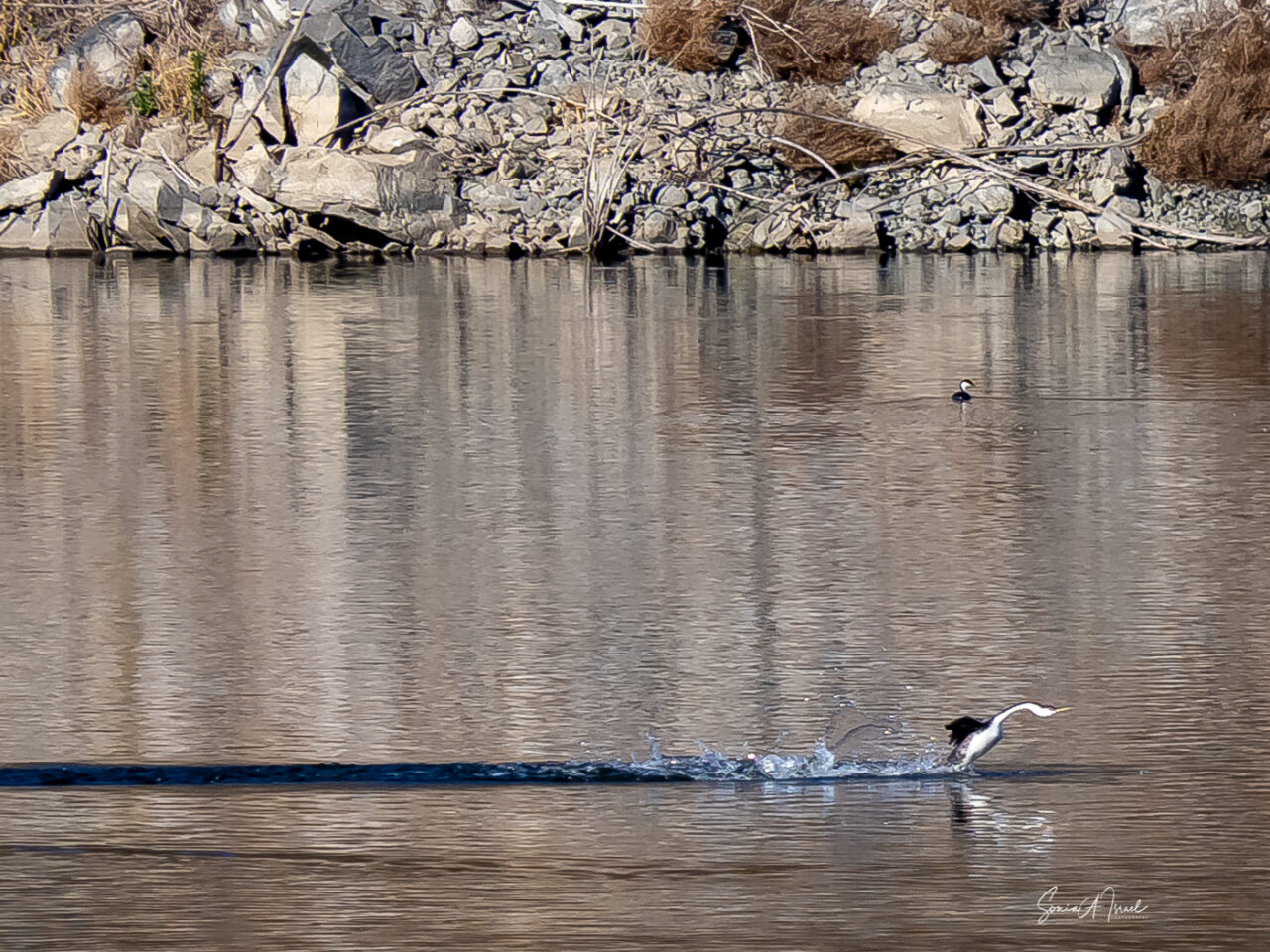
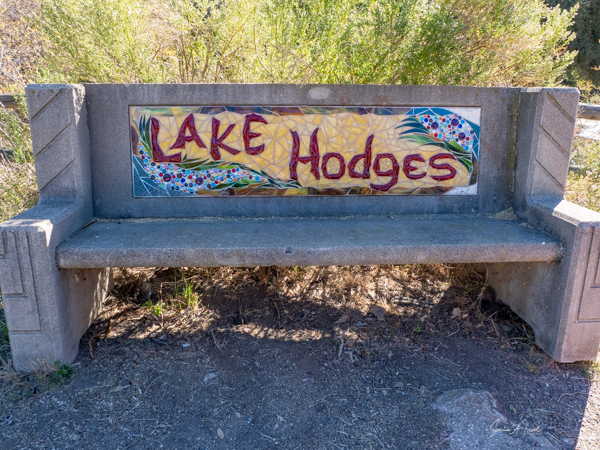
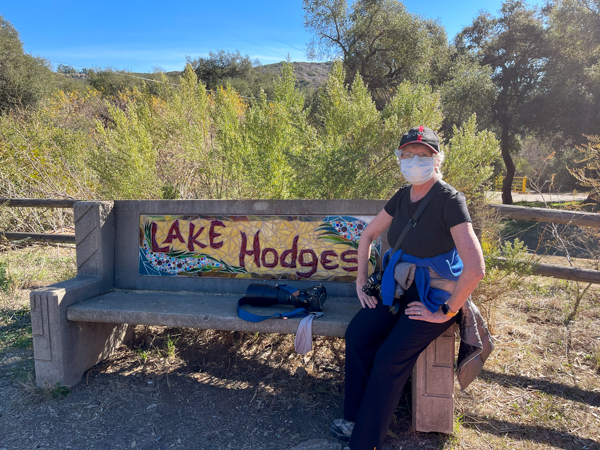
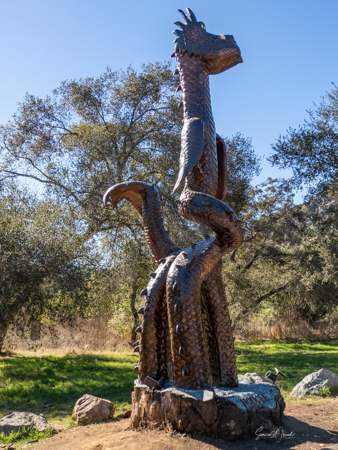
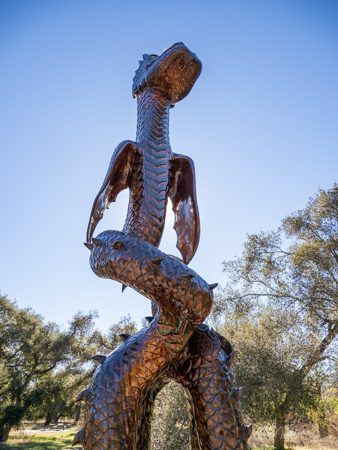
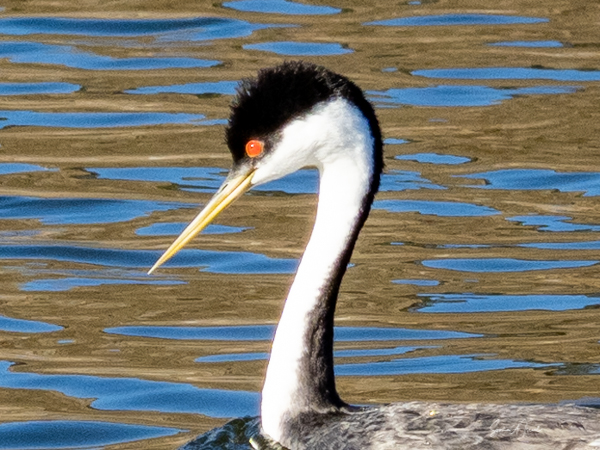

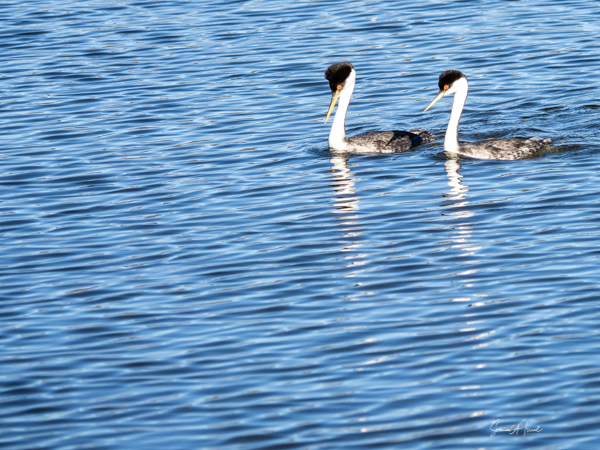
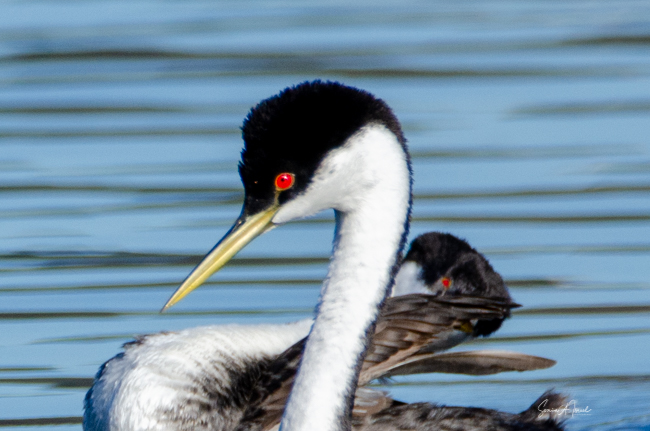
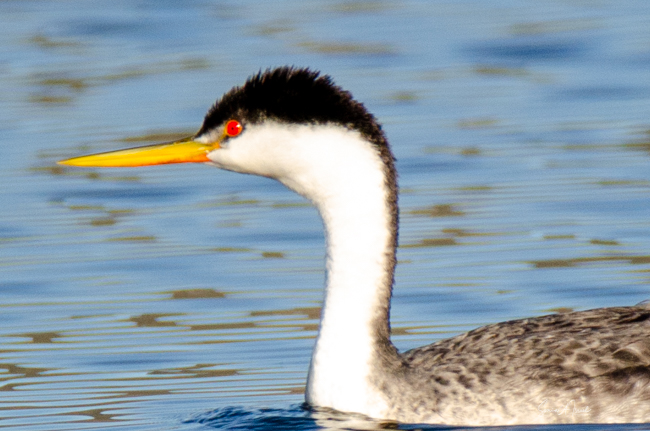
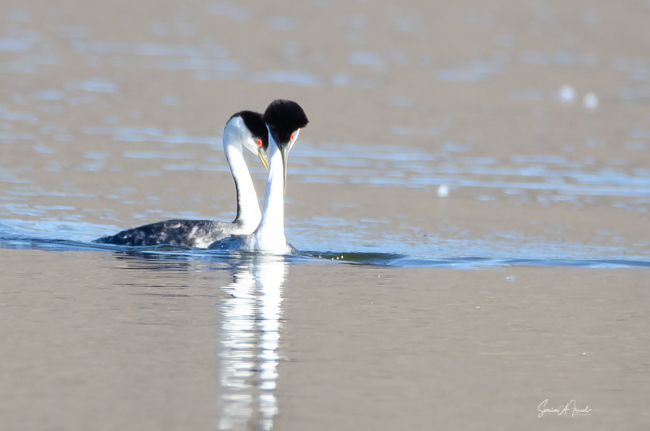
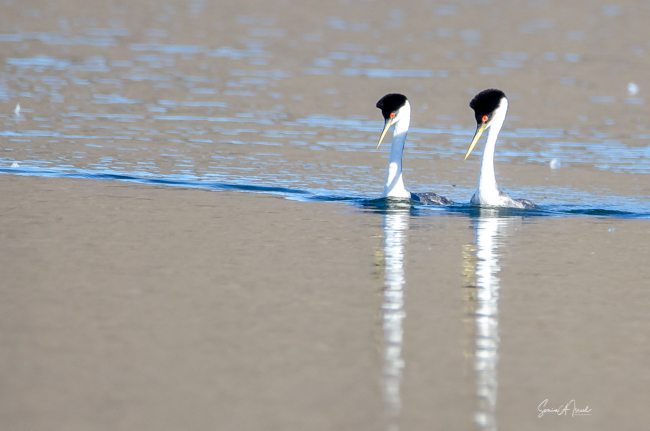
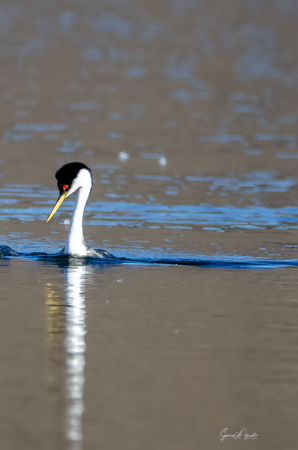
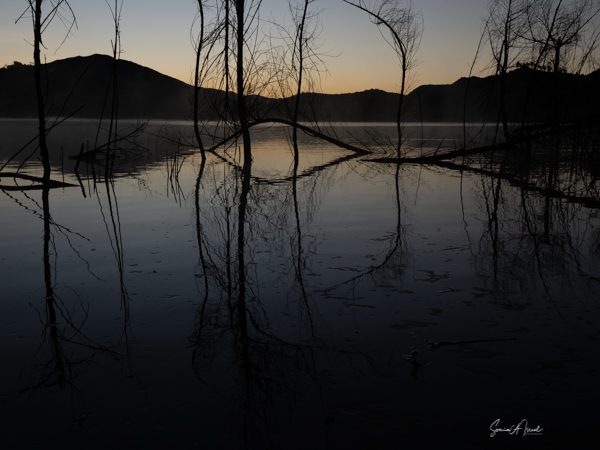
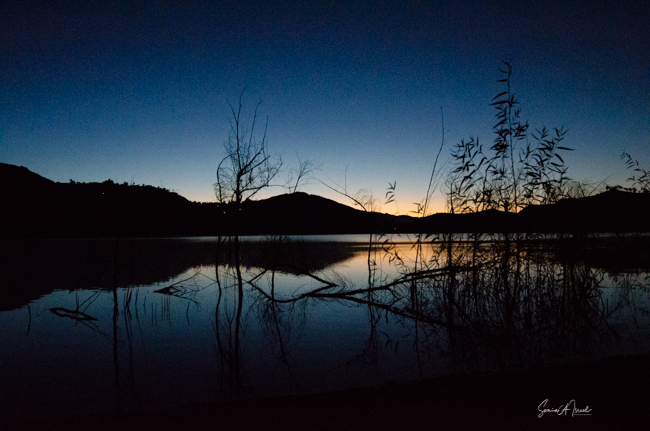
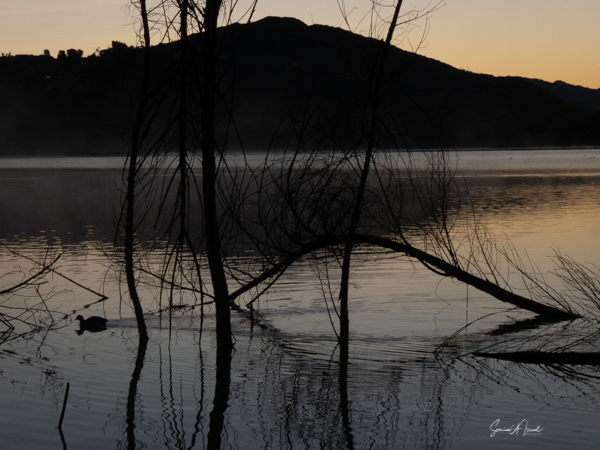
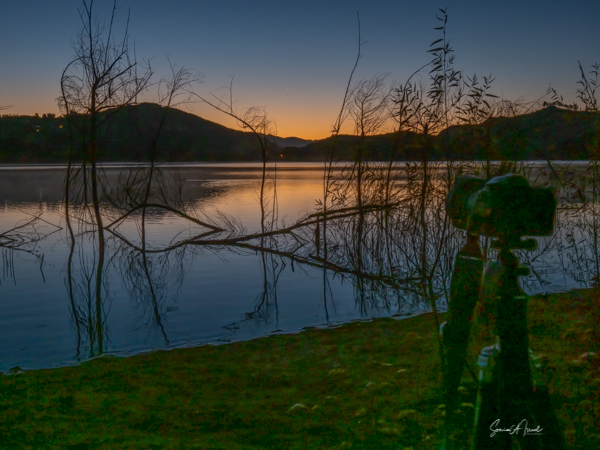
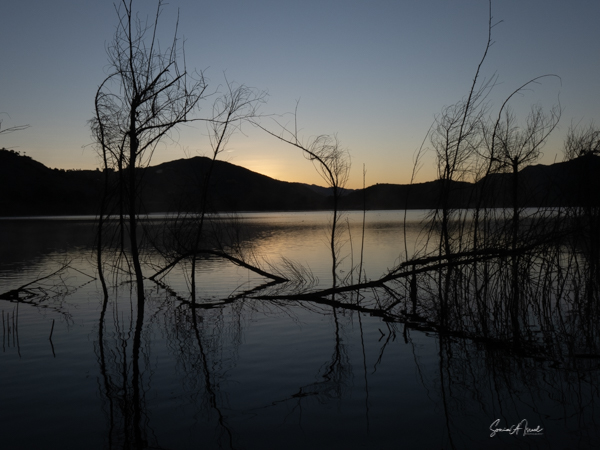
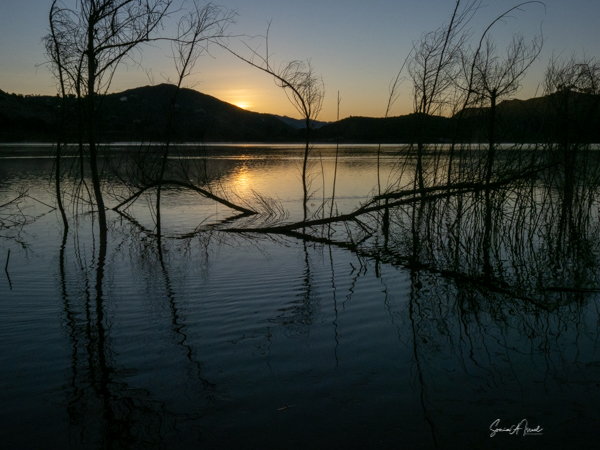
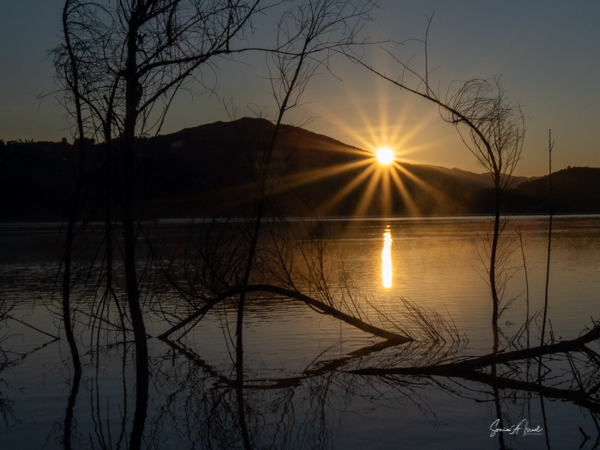
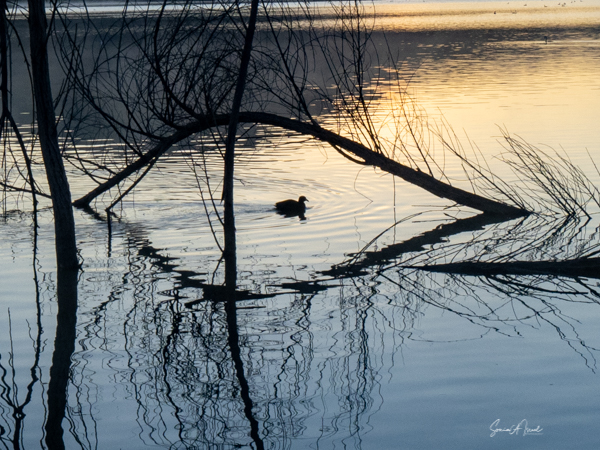
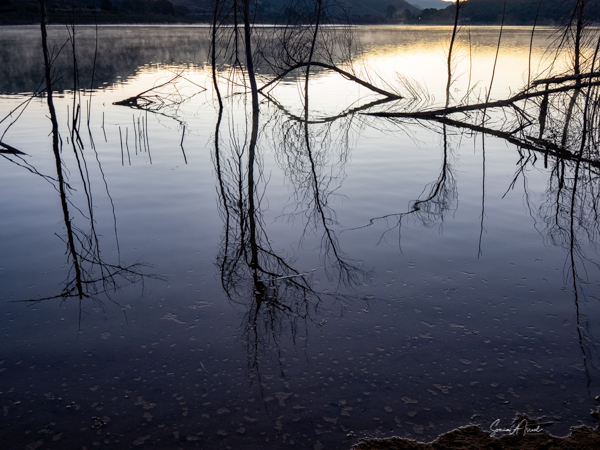

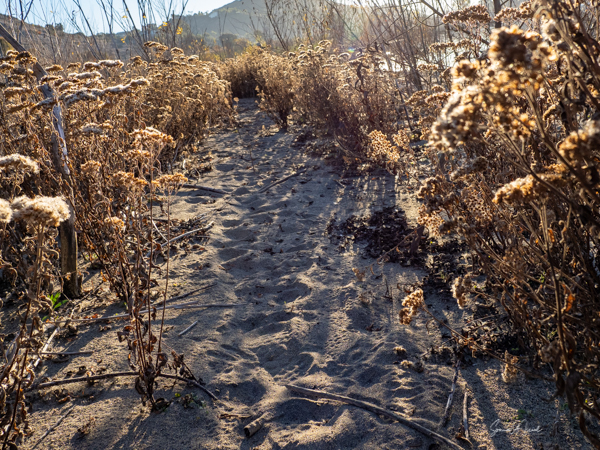
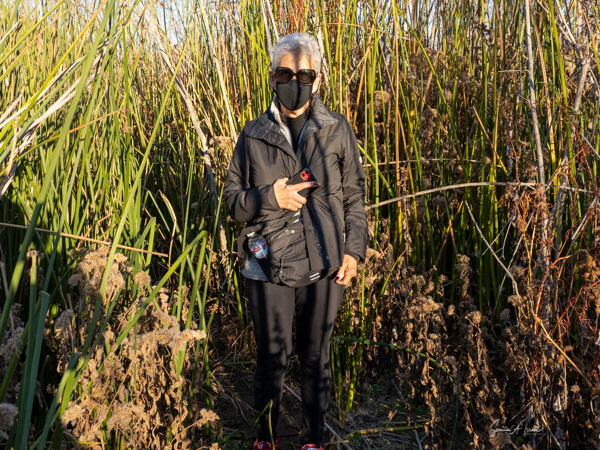
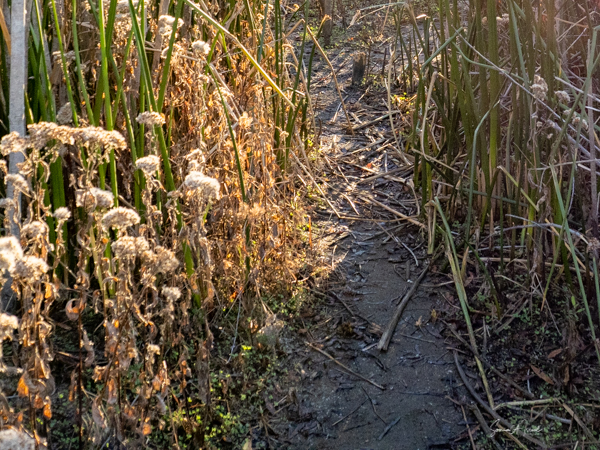
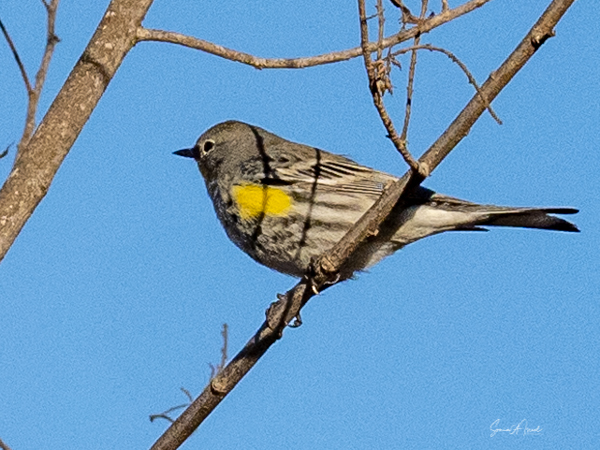
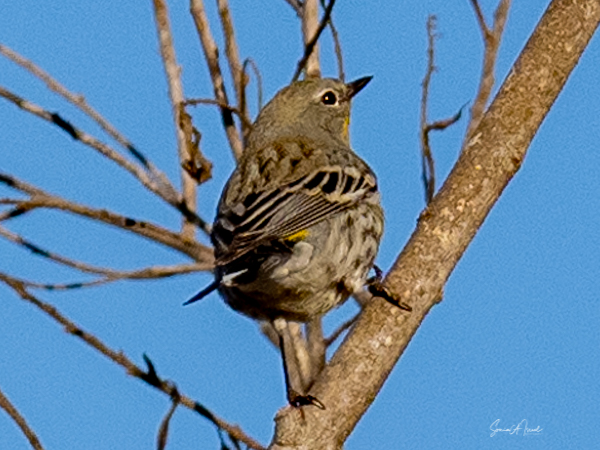
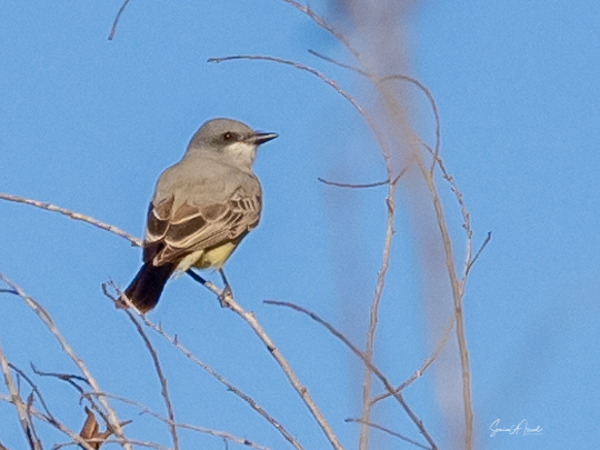
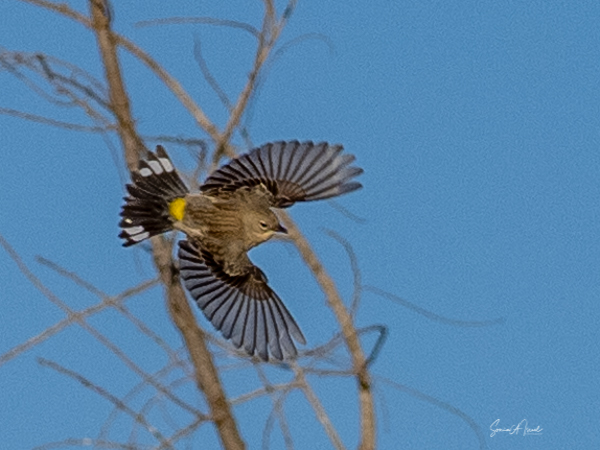
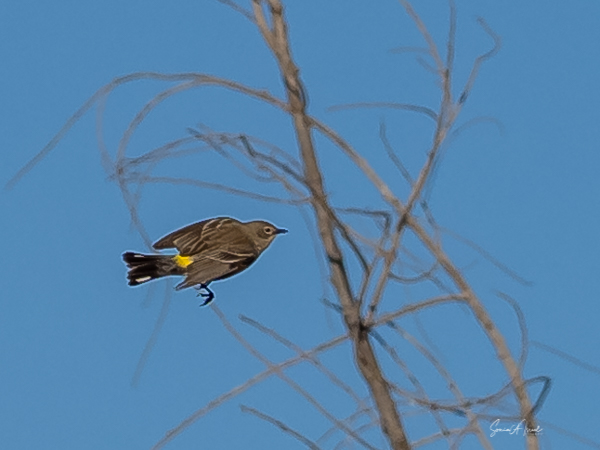

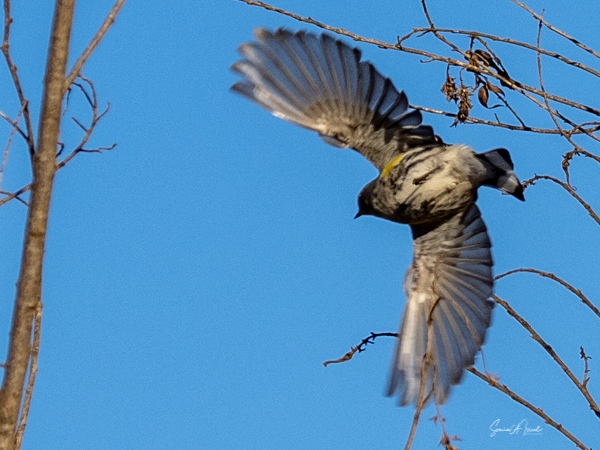
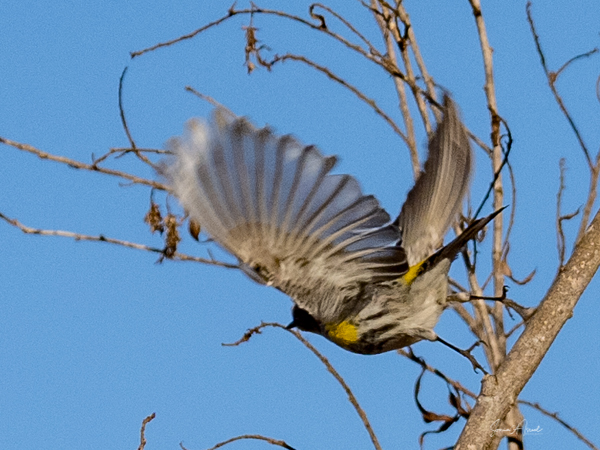
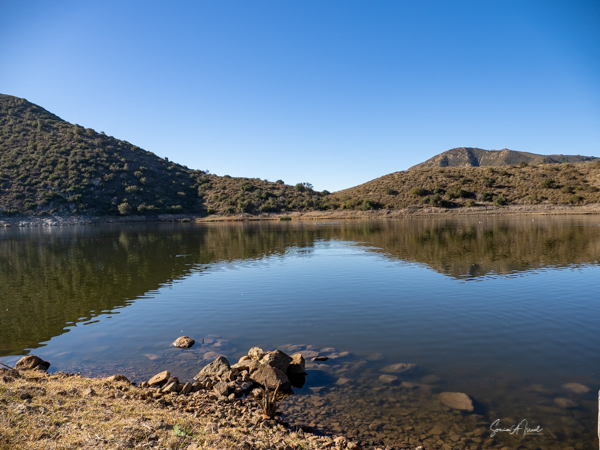
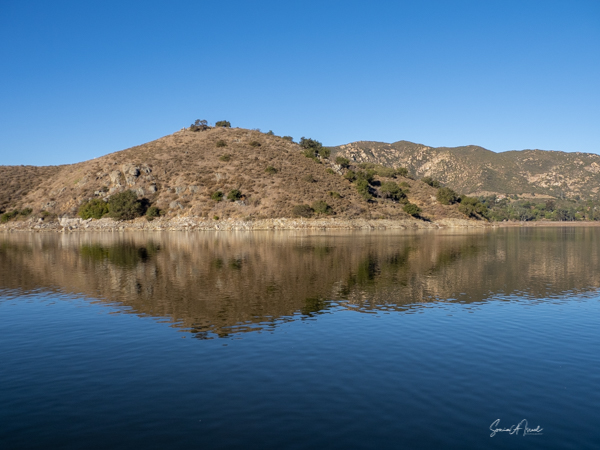
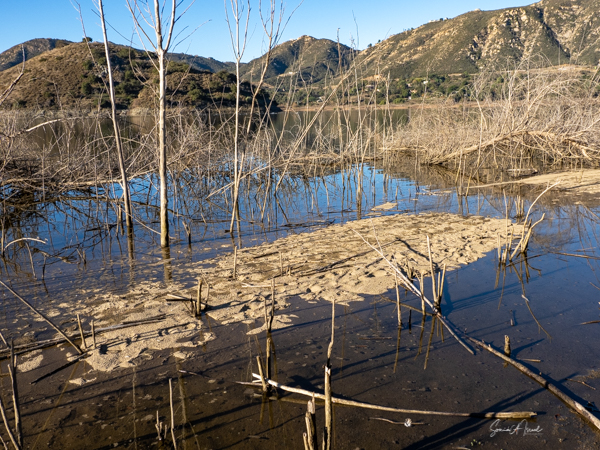
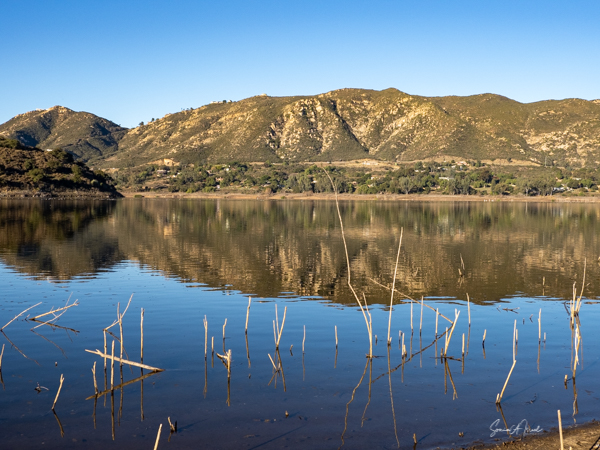

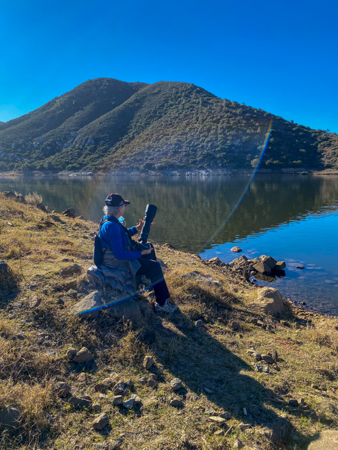
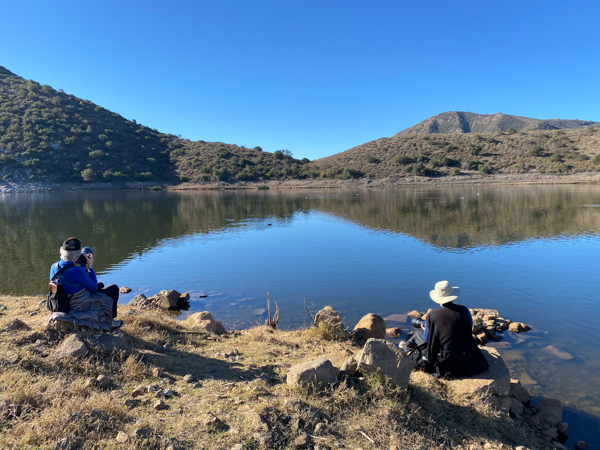
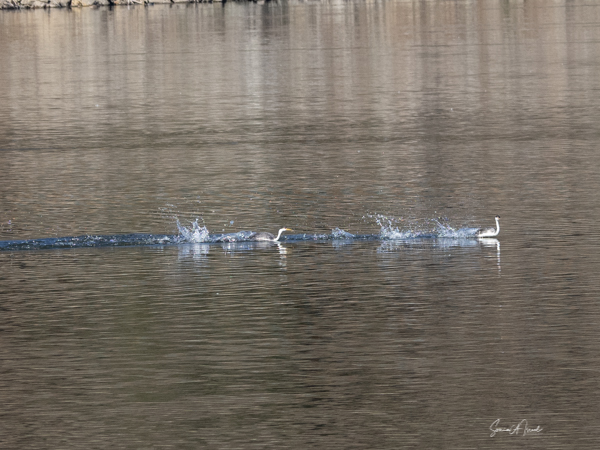
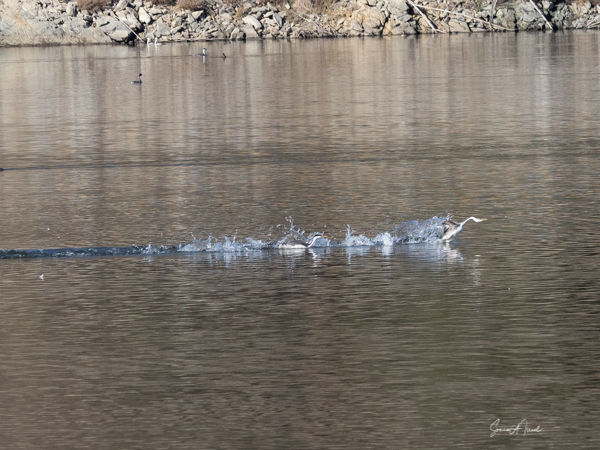

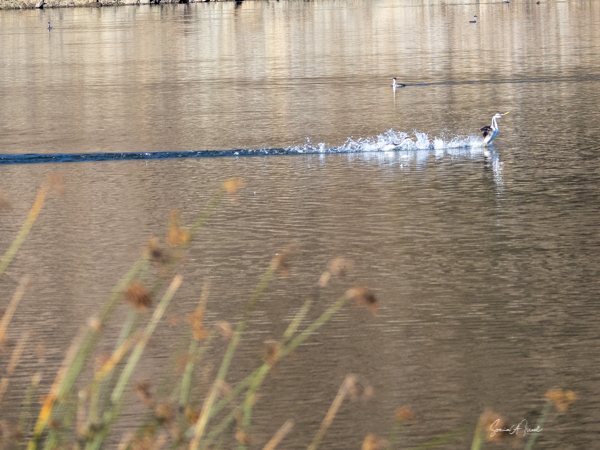
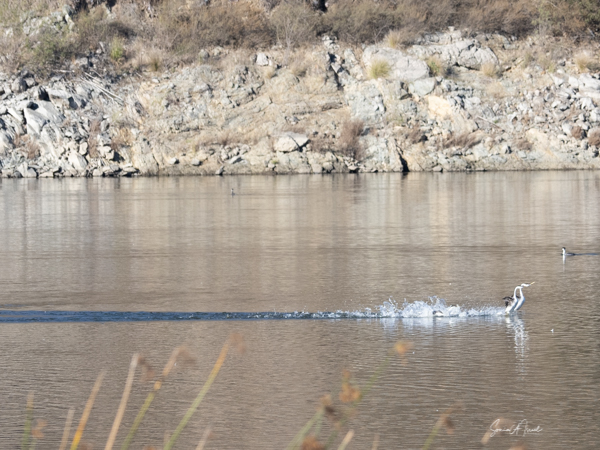
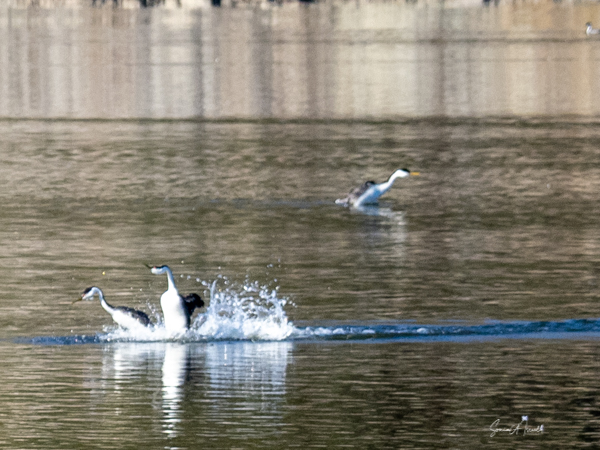
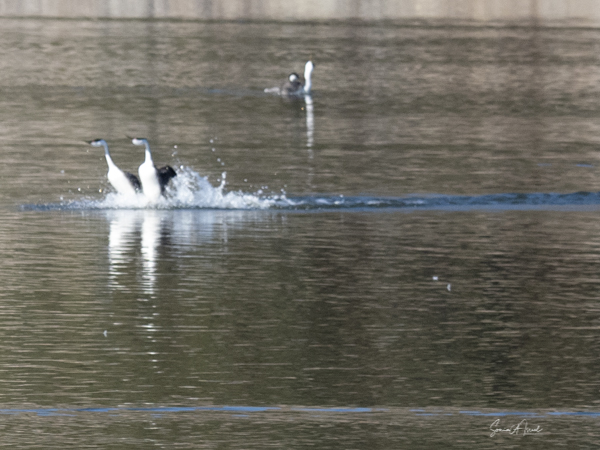
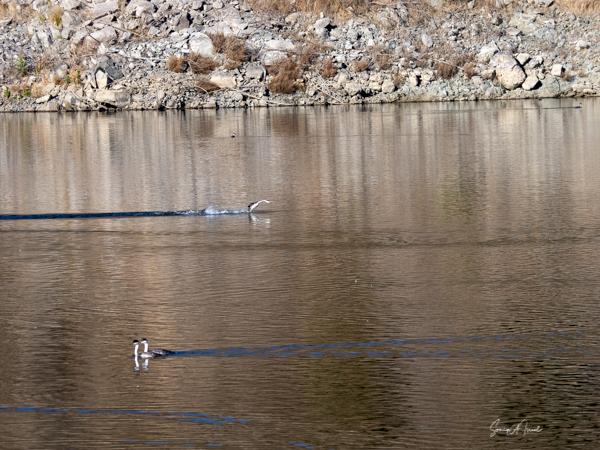
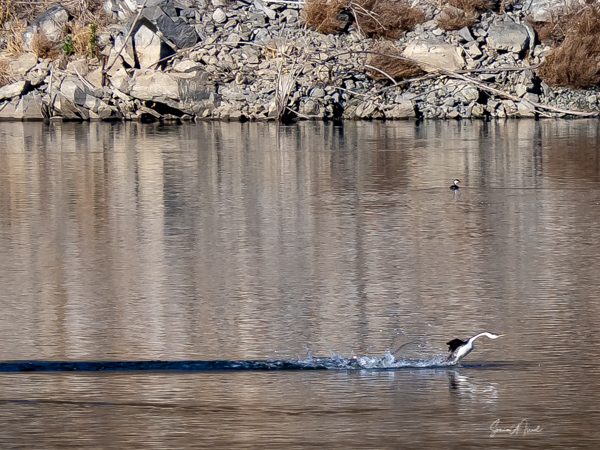
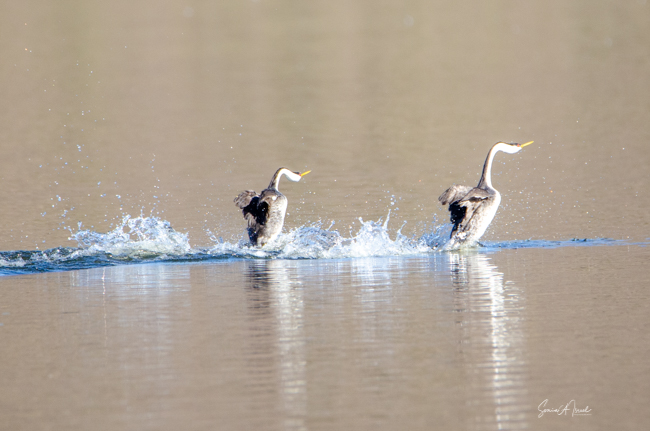
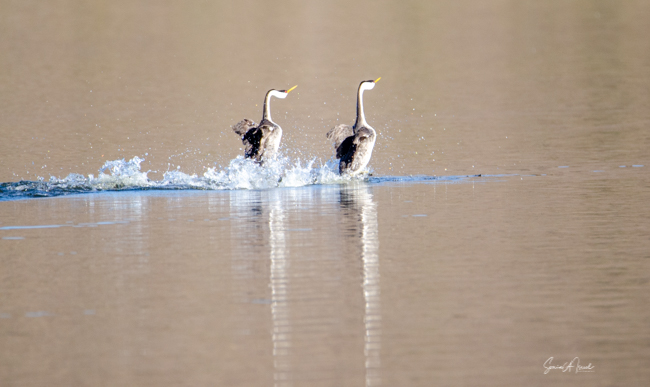
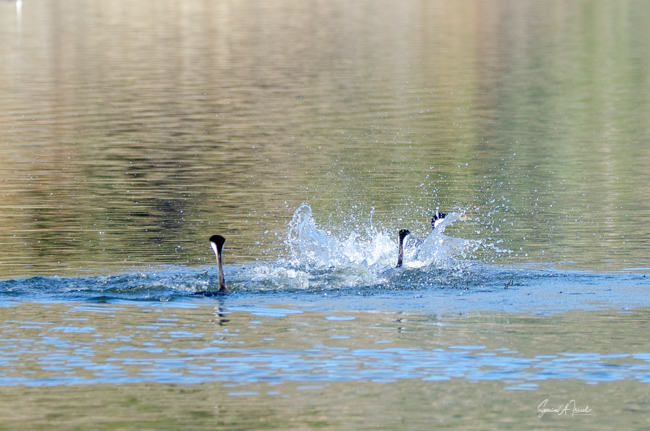
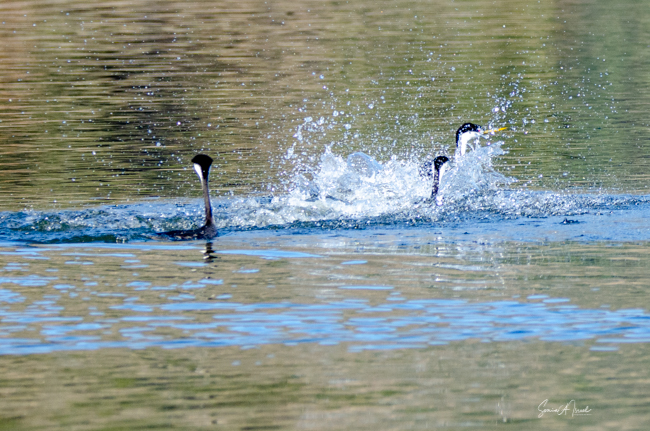
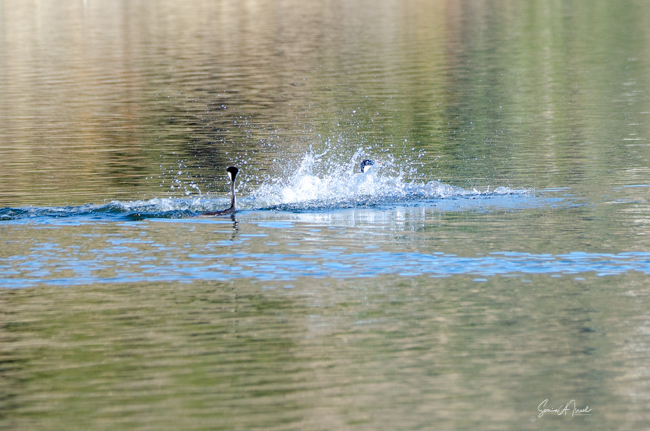
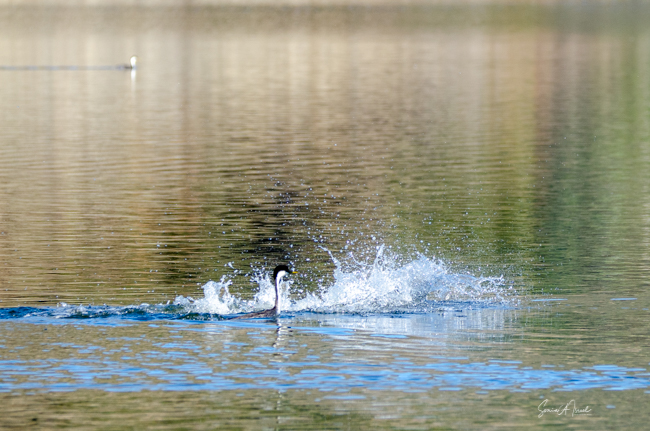
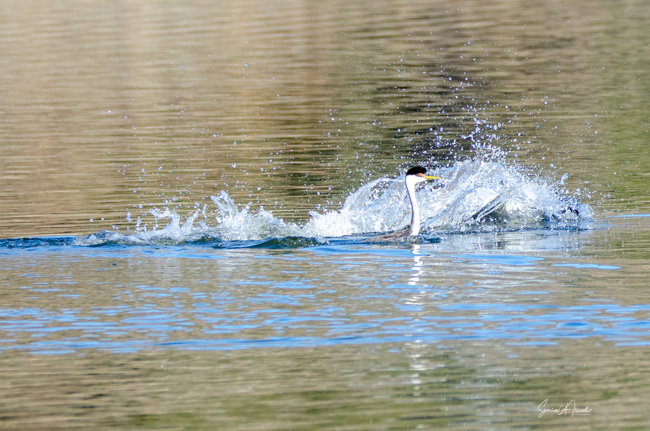
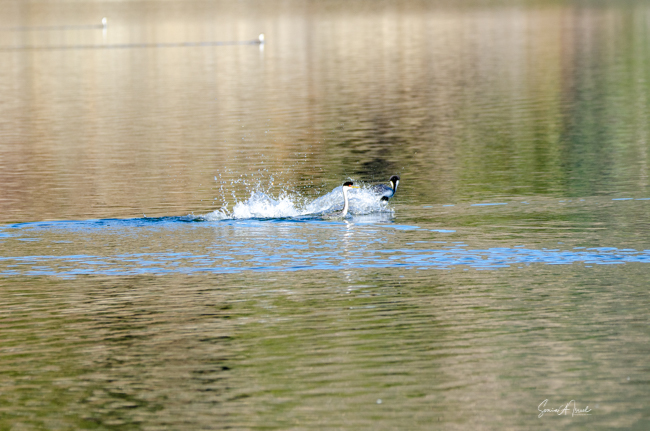



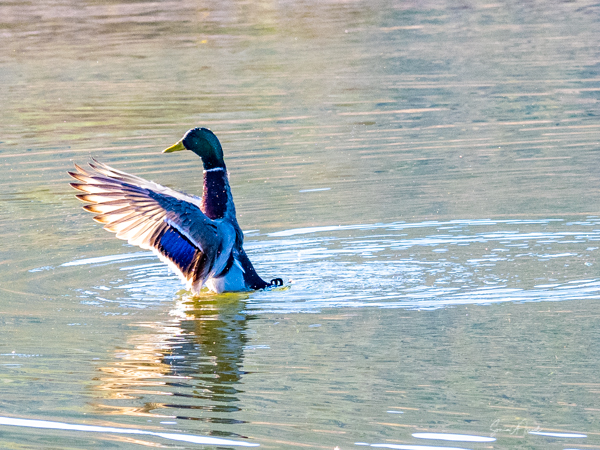
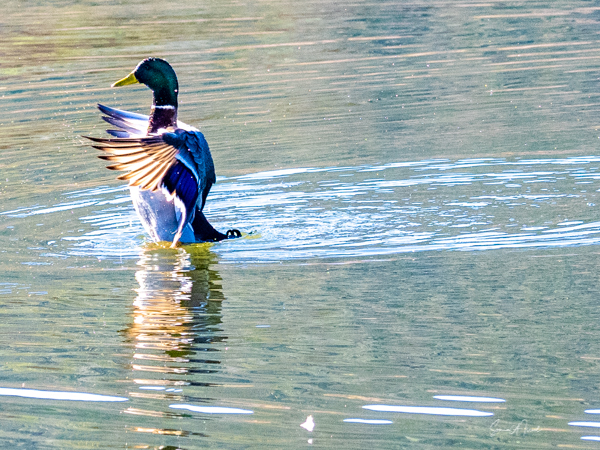
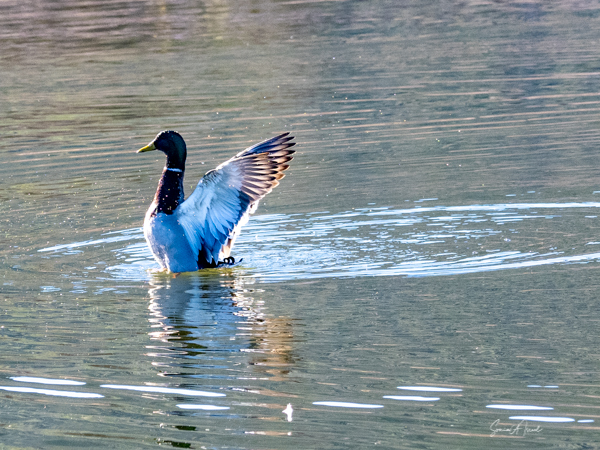
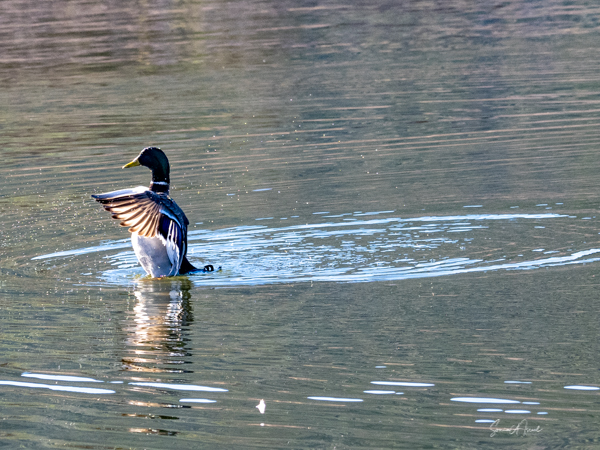
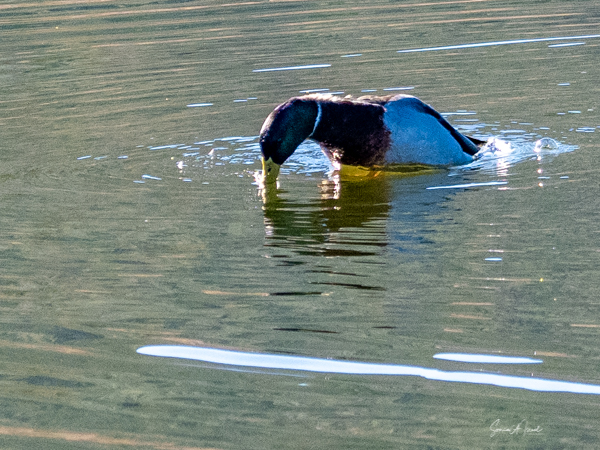
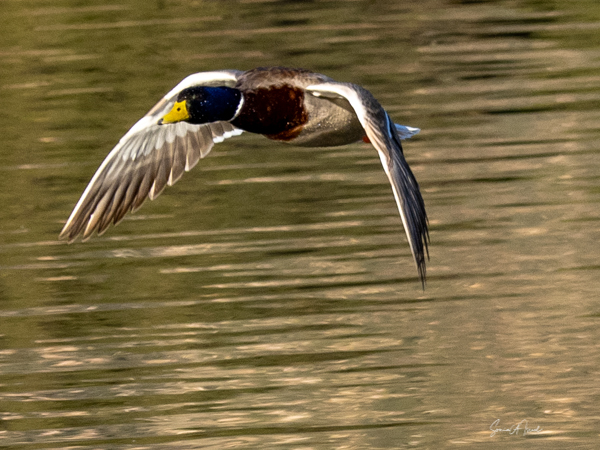
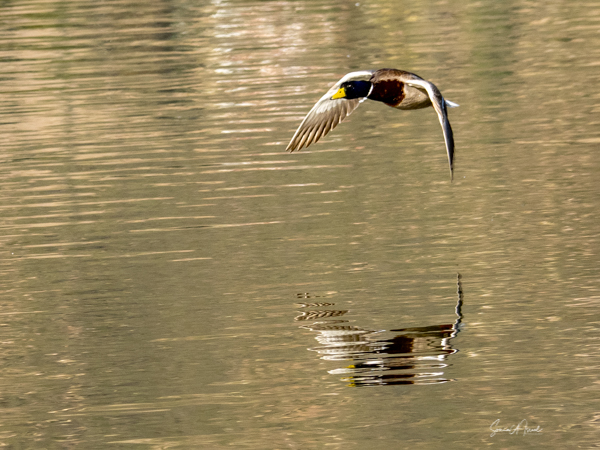
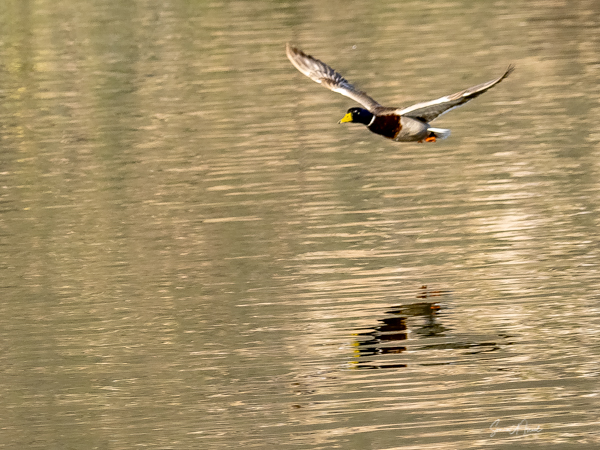
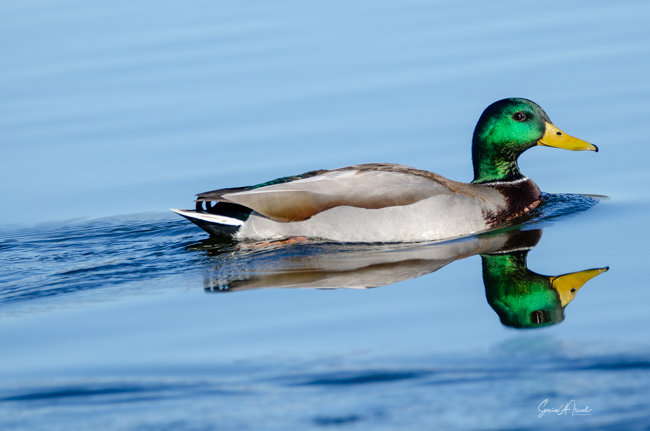
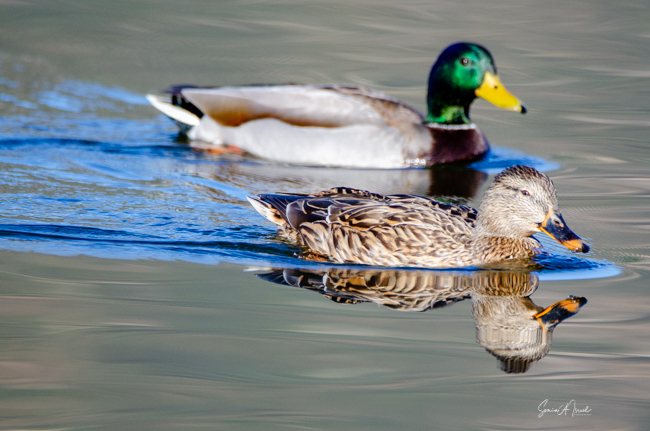
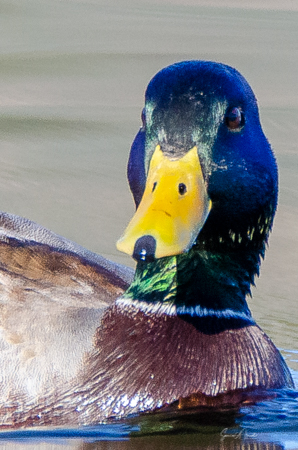
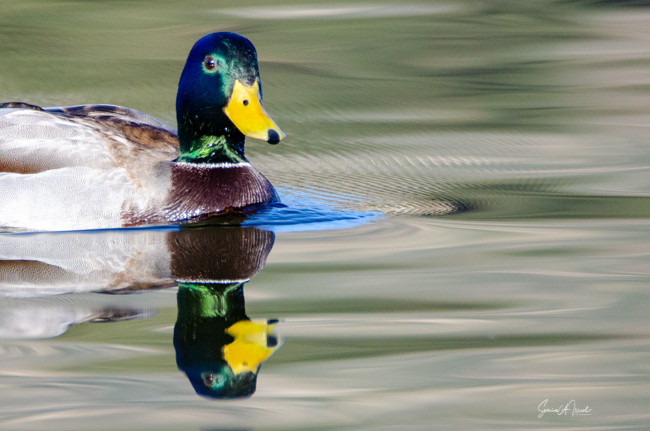
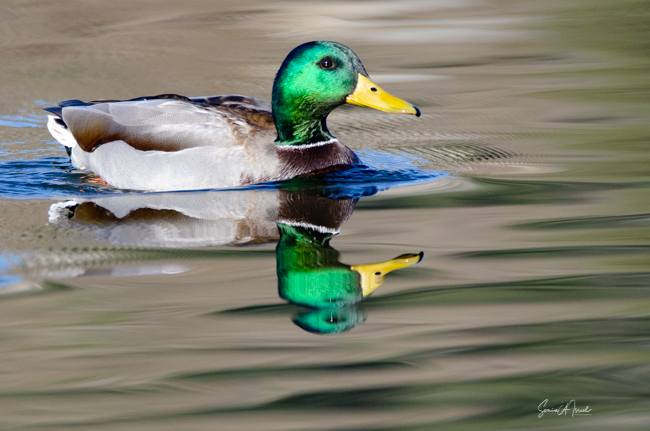

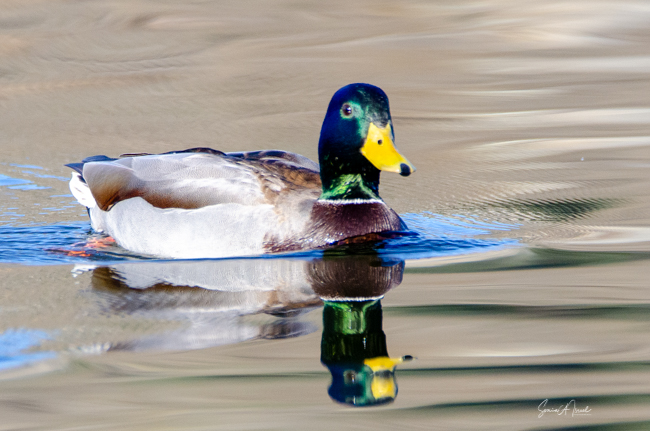
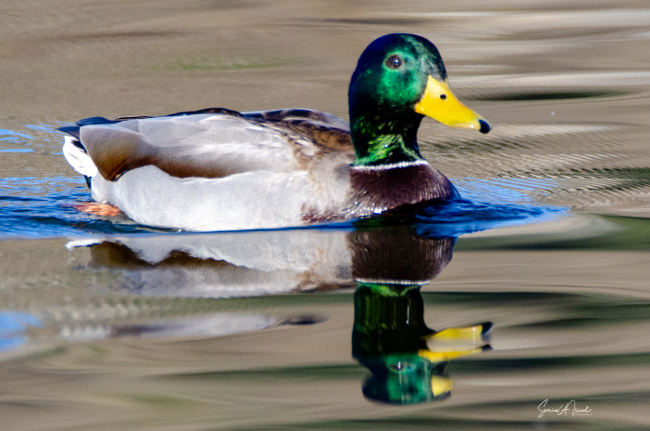
William Mason
Beautiful pics! Landscape Lighting were right on, gorgeous
Bill Mason
I hope that this is a he right site.—Bill Mason
Barb
Enjoyed these pictures. Loved the mallards! So colorful! I’m going to tell Becky about this place!
Jillian Bakke
Sonia, So lovely to see your blog scroll through my email. These pictures are so beautiful! Sending goodness to you and your family. With love and compassion, Jillian